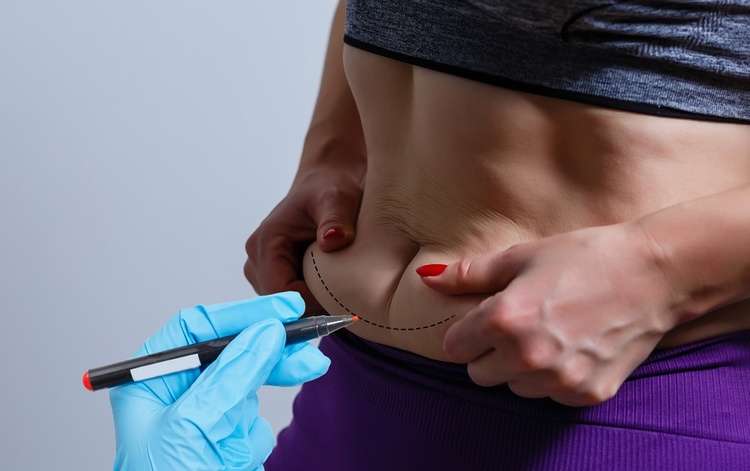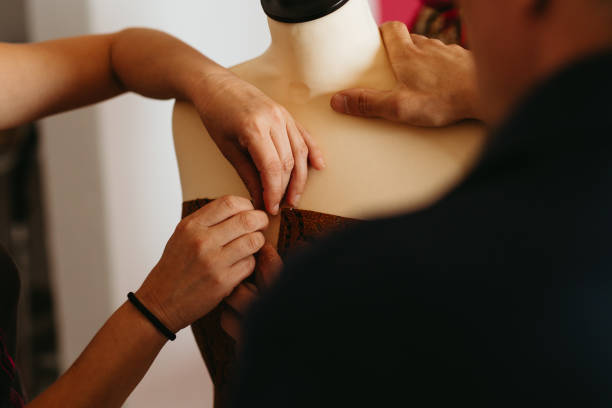Breast Lift Options in 2025: Surgical and Non-Surgical Explained
Breast lift (mastopexy) remains the standard for reshaping and elevating the breast. In 2025, patients also see non-surgical options aimed at skin firmness and contour. This guide explains what each method can and cannot do, typical cost factors, recovery expectations, and how to choose a qualified provider. It is educational only and does not offer medical advice or guarantees of results.

What a Breast Lift Does vs Volume Change
A breast lift, medically known as mastopexy, primarily addresses breast ptosis (sagging) by removing excess skin and reshaping breast tissue to create a more elevated, youthful appearance. Unlike breast augmentation, a traditional breast lift does not significantly increase breast volume or size. Instead, it repositions existing breast tissue higher on the chest wall and often relocates the nipple and areola to a more aesthetically pleasing position.
The procedure focuses on improving breast shape, firmness, and positioning rather than adding volume. However, some patients may experience a slight apparent increase in fullness due to the reshaping and tightening of tissues. For those seeking both lifting and volume enhancement, combination procedures involving implants or fat transfer may be recommended. Understanding this distinction helps set realistic expectations about the outcomes of different breast enhancement procedures.
Short Scar Methods and Internal Support Techniques
Contemporary surgical approaches have revolutionized breast lift procedures through innovative short scar methods and advanced internal support techniques. The traditional anchor-pattern incision, which creates scars around the areola, vertically down to the breast crease, and horizontally along the crease, has largely been replaced by less invasive options for appropriate candidates.
The vertical or “lollipop” technique involves incisions only around the areola and vertically down to the breast crease, significantly reducing scarring. For patients with minimal sagging, the periareolar or “donut” lift requires only a circular incision around the areola. Internal support techniques, such as internal bra procedures using mesh or sutures, provide longer-lasting results by creating a supportive framework within the breast tissue. These methods help maintain the lifted position over time, reducing the likelihood of recurrent sagging.
Non-Surgical Tightening: RF, Ultrasound, and Laser Limits
Non-surgical breast tightening options have gained popularity, utilizing radiofrequency (RF), ultrasound, and laser technologies to stimulate collagen production and improve skin elasticity. RF treatments, such as Thermage or Venus Freeze, deliver controlled heat to deeper skin layers, promoting collagen remodeling and gradual skin tightening. Ultrasound-based treatments like Ultherapy use focused energy to target specific tissue depths.
However, these non-surgical options have significant limitations compared to surgical procedures. They’re most effective for patients with mild skin laxity and minimal sagging. Results are subtle and develop gradually over several months, typically requiring multiple treatment sessions. Non-surgical methods cannot reposition the nipple, remove excess skin, or address moderate to severe ptosis. While these treatments offer minimal downtime and lower risk, they cannot achieve the dramatic results possible with surgical intervention.
Cost Factors: Consultation, Facility, Anesthesia, and Aftercare
Understanding the comprehensive cost structure of breast lift procedures helps patients budget appropriately and avoid unexpected expenses. Surgical breast lift costs typically include several components: surgeon fees, facility fees, anesthesia costs, post-operative garments, and follow-up care. Geographic location significantly impacts pricing, with procedures in major metropolitan areas generally costing more than those in smaller cities.
Initial consultations usually range from $100 to $300, though some surgeons offer complimentary consultations. Facility fees vary depending on whether the procedure is performed in an accredited surgical center or hospital setting. Anesthesia costs typically represent 10-15% of the total procedure cost. Additional expenses may include pre-operative testing, prescription medications, and specialized post-surgical bras. Non-surgical treatments generally have lower upfront costs but may require multiple sessions to achieve desired results.
| Procedure Type | Average Cost Range | Sessions Required | Recovery Time |
|---|---|---|---|
| Surgical Breast Lift | $4,000 - $12,000 | Single procedure | 2-6 weeks |
| RF Treatments | $1,500 - $3,000 | 3-5 sessions | Minimal |
| Ultrasound Therapy | $2,000 - $4,000 | 1-3 sessions | 1-2 days |
| Laser Treatments | $1,000 - $2,500 | 3-6 sessions | Minimal |
Prices, rates, or cost estimates mentioned in this article are based on the latest available information but may change over time. Independent research is advised before making financial decisions.
How to Choose a Board-Certified Plastic Surgeon
Selecting a qualified provider is crucial for achieving safe, satisfactory breast lift results. Board certification by the American Board of Plastic Surgery ensures the surgeon has completed extensive training specifically in plastic and reconstructive surgery. Verify credentials through official board websites and check for any disciplinary actions or malpractice claims.
Experience with breast lift procedures is essential, so inquire about the surgeon’s annual volume of mastopexy procedures and request to see before-and-after photos of similar cases. The surgical facility should be accredited by organizations like the American Association for Accreditation of Ambulatory Surgery Facilities. During consultations, assess the surgeon’s communication style, willingness to answer questions, and ability to explain procedures clearly. A reputable surgeon will discuss risks, limitations, and realistic outcomes honestly, never pressuring patients into immediate decisions.
Breast lift options in 2025 offer unprecedented variety, from minimally invasive surgical techniques to advanced non-surgical treatments. While surgical procedures remain the gold standard for significant lifting and reshaping, non-surgical alternatives provide viable options for patients with mild concerns or those seeking gradual improvement. Understanding the capabilities and limitations of each approach, along with associated costs and provider qualifications, empowers patients to make informed decisions that align with their aesthetic goals and lifestyle preferences.
This article is for informational purposes only and should not be considered medical advice. Please consult a qualified healthcare professional for personalized guidance and treatment.




